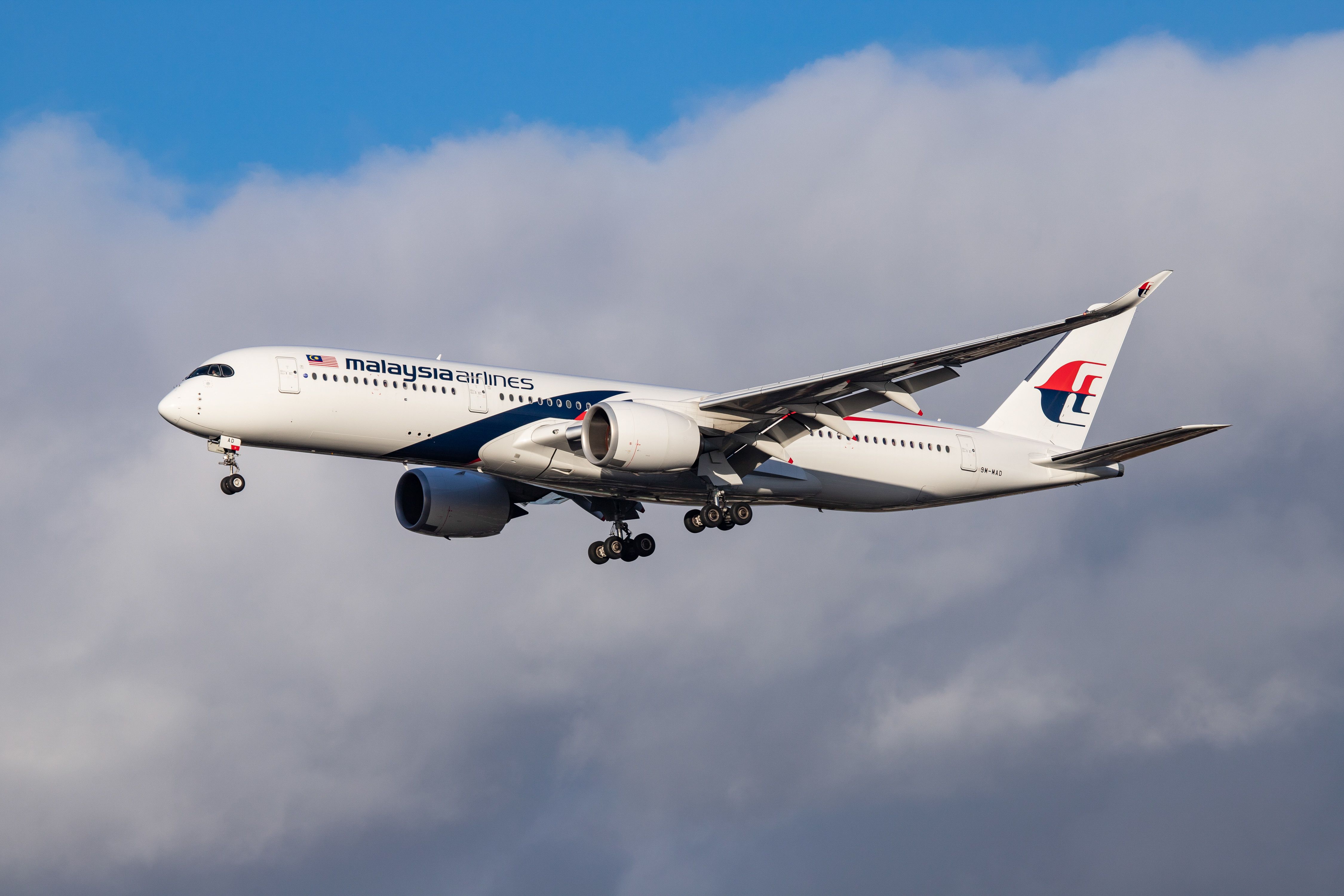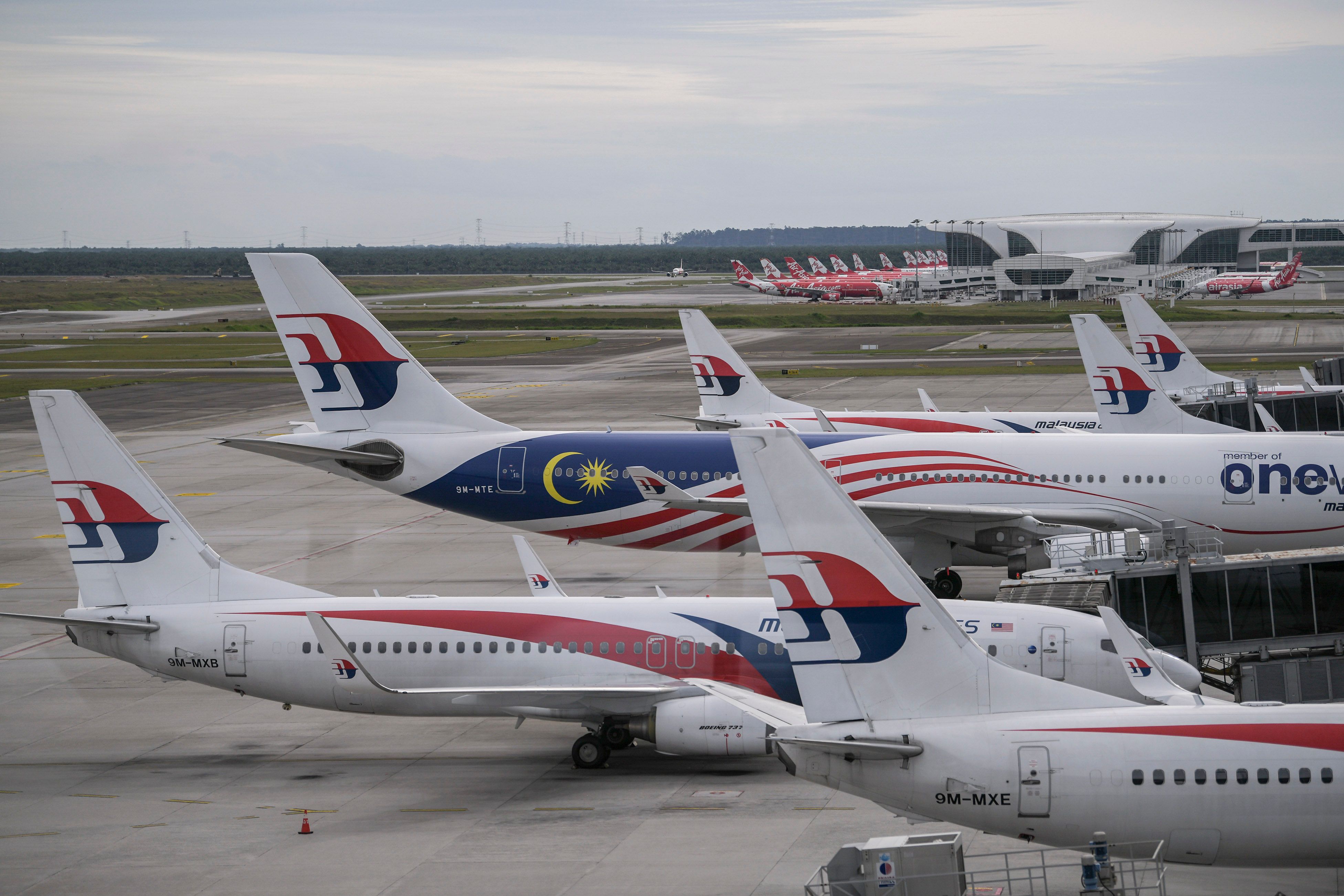Company Overview
Malaysia Airlines, the national carrier of Malaysia, traces its roots back to 1947 as Malayan Airways Limited. Over the years, it has undergone several mergers and rebranding, culminating in its current form as Malaysia Airlines in 1972.
Today, Malaysia Airlines operates a fleet of over 100 aircraft, serving over 60 destinations across Asia, Australia, Europe, and the Middle East. The airline has a strong reputation for safety and service, having received numerous awards and accolades throughout its history.
Mission, Vision, and Values
Malaysia Airlines’ mission is to be “the leading global airline connecting Malaysia to the world.” Its vision is to “be the most preferred airline in Asia.” The airline’s core values are safety, customer service, innovation, and sustainability.
Key Statistics and Financial Data
- Number of aircraft: 100+
- Number of destinations: 60+
- Number of employees: 15,000+
- Revenue: RM 15 billion (USD 3.5 billion)
- Net income: RM 1 billion (USD 230 million)
Fleet and Destinations: Malaysia Airlines
Malaysia Airlines operates a fleet of modern and efficient aircraft, catering to various passenger needs and flight ranges. The airline’s fleet includes a mix of wide-body and narrow-body aircraft, each tailored to specific routes and passenger capacities.
Malaysia Airlines’ fleet comprises the following aircraft types:
- Airbus A330-300: A wide-body aircraft used for medium- to long-haul flights, offering a spacious cabin and comfortable seating.
- Airbus A350-900: A state-of-the-art wide-body aircraft renowned for its fuel efficiency and passenger comfort, featuring advanced in-flight entertainment systems and spacious cabins.
- Boeing 737-800: A narrow-body aircraft used for short- to medium-haul flights, providing reliable and efficient transportation for passengers.
- Boeing 737 MAX 8: A next-generation narrow-body aircraft offering improved fuel efficiency and enhanced passenger experience, featuring modern interiors and advanced technology.
Top Domestic and International Destinations
Malaysia Airlines connects passengers to a wide range of domestic and international destinations, catering to both business and leisure travelers. The airline’s top domestic destinations include:
| Destination | Frequency |
|---|---|
| Kuala Lumpur | Multiple daily flights |
| Kota Kinabalu | Multiple daily flights |
| Kuching | Multiple daily flights |
| Langkawi | Multiple daily flights |
| Penang | Multiple daily flights |
Malaysia Airlines also operates flights to a diverse range of international destinations, including:
| Destination | Frequency |
|---|---|
| London | Daily flights |
| Sydney | Daily flights |
| Tokyo | Multiple daily flights |
| Seoul | Multiple daily flights |
| Singapore | Multiple daily flights |
Expansion Plans and New Routes
Malaysia Airlines is committed to expanding its network and introducing new routes to meet the growing demand for air travel. The airline has recently announced plans to:
- Increase flight frequencies to key destinations in Asia and Europe.
- Launch new routes to emerging markets in Southeast Asia and beyond.
- Acquire additional aircraft to support its expansion plans.
Malaysia Airlines’ expansion strategy aims to enhance connectivity, provide more travel options for passengers, and strengthen its position as a leading airline in the region.
Customer Service and Experience

Malaysia Airlines prioritizes customer satisfaction, offering a comprehensive range of services to cater to passenger needs. The airline provides multiple channels for customer support, including a 24/7 call center, live chat, email, and social media platforms.
Loyalty Programs and Frequent Flyer Benefits
To enhance customer loyalty, Malaysia Airlines operates the Enrich loyalty program. Enrich members accumulate miles through flights, partnerships, and everyday purchases, which can be redeemed for flight upgrades, discounts, and exclusive benefits. Frequent flyers can enjoy additional perks, such as priority boarding, lounge access, and baggage allowances.
Safety and Regulations
Malaysia Airlines maintains a strong commitment to safety, adhering to stringent industry regulations and implementing a comprehensive safety management system. The airline’s safety record is exemplary, with no major accidents in recent years.
Safety Management System
Malaysia Airlines has established a robust safety management system (SMS) that encompasses all aspects of its operations. The SMS is based on the principles of risk management, ensuring that potential hazards are identified, assessed, and mitigated effectively. The airline regularly conducts safety audits and reviews to ensure compliance with its SMS and industry standards.
Training Programs, Malaysia airlines
Malaysia Airlines invests heavily in training and development for its flight and ground crew. Pilots undergo rigorous training programs that include simulator training, emergency procedures, and recurrent training to maintain their skills and knowledge. Cabin crew receive comprehensive training on safety protocols, emergency response, and passenger care.
Regional Safety Advocacy
Malaysia Airlines plays an active role in promoting aviation safety in the region. The airline participates in industry forums and working groups to share best practices and collaborate on safety initiatives. Malaysia Airlines is also a member of the International Air Transport Association (IATA) and adheres to its global safety standards.
Partnerships and Alliances
Malaysia Airlines has established strategic partnerships with a number of airlines to enhance its global reach and provide seamless travel experiences for its customers. These partnerships include codeshare agreements, interline agreements, and membership in industry alliances.
The primary objective of these partnerships is to provide passengers with a wider range of destinations, increased flight frequencies, and enhanced connectivity. Additionally, partnerships allow Malaysia Airlines to offer reciprocal benefits to its loyalty program members, such as lounge access, priority boarding, and baggage handling.
Codeshare Agreements
Malaysia Airlines has codeshare agreements with several airlines, including:
- British Airways
- Cathay Pacific
- Emirates
- Japan Airlines
- KLM Royal Dutch Airlines
Under these agreements, Malaysia Airlines places its code on flights operated by partner airlines, allowing passengers to book and travel on a single ticket, even if the flight is operated by a different carrier.
Interline Agreements
Malaysia Airlines also has interline agreements with a number of airlines, including:
- AirAsia
- China Airlines
- Etihad Airways
- Finnair
- Korean Air
Interline agreements allow Malaysia Airlines to issue tickets for flights operated by partner airlines, even if the airlines do not have a codeshare agreement. This provides passengers with greater flexibility and convenience when planning their travel.
Industry Alliances
Malaysia Airlines is a member of the Oneworld alliance, which includes 14 member airlines:
- Alaska Airlines
- American Airlines
- British Airways
- Cathay Pacific
- Finnair
- Iberia
- Japan Airlines
- LATAM Airlines Group
- Malaysia Airlines
- Qantas
- Royal Air Maroc
- Royal Jordanian
- S7 Airlines
- SriLankan Airlines
Through its membership in Oneworld, Malaysia Airlines passengers can access a global network of over 1,000 destinations, earn and redeem loyalty points on partner airlines, and enjoy reciprocal benefits such as lounge access and priority boarding.
Marketing and Branding
Malaysia Airlines has employed a comprehensive marketing strategy to establish a strong brand identity and reach its target audience. The airline has focused on highlighting its premium services, cultural heritage, and commitment to sustainability.
Malaysia Airlines targets both leisure and business travelers. The airline’s marketing campaigns have emphasized its convenient flight schedules, comfortable seating, and in-flight entertainment options. Malaysia Airlines has also partnered with various travel agencies and tour operators to offer package deals and promotions.
Brand Identity
Malaysia Airlines’ brand identity is centered around its iconic logo, the “Wau Bulan,” which is a traditional Malaysian kite. The logo symbolizes the airline’s heritage and its commitment to providing a unique and memorable travel experience. The airline’s branding also incorporates the colors blue and gold, which represent the sky and the country’s national flag, respectively.
Messaging and Advertising
Malaysia Airlines’ marketing messaging emphasizes the airline’s premium services and its commitment to providing a comfortable and enjoyable travel experience. The airline’s advertising campaigns have featured celebrities and influencers to promote its brand and its latest offerings.
Social Media and Digital Marketing
Malaysia Airlines actively utilizes social media platforms to engage with its customers and promote its brand. The airline has a strong presence on Facebook, Twitter, Instagram, and YouTube. Malaysia Airlines uses these platforms to share travel tips, announce promotions, and interact with customers. The airline also uses digital marketing channels such as email marketing and search engine optimization () to reach its target audience.
Financial Performance

Malaysia Airlines’ financial performance has been volatile in recent years, with the airline facing challenges from intense competition, rising fuel costs, and economic headwinds.
The airline’s revenue streams primarily come from passenger transportation, cargo services, and ancillary services such as baggage fees and inflight sales. Cost structure includes expenses such as fuel, labor, maintenance, and marketing.
In terms of profitability, Malaysia Airlines has struggled to maintain consistent profits. The airline’s operating margin has fluctuated, and it has reported losses in several recent years. Key financial ratios such as return on equity (ROE) and debt-to-equity ratio have also been under pressure.
Industry Challenges and Opportunities
Malaysia Airlines operates in a highly competitive aviation industry, facing challenges such as rising fuel costs, intense competition, and fluctuating demand. However, the airline has implemented various strategies to address these challenges and capitalize on opportunities for growth.
One of the key challenges for Malaysia Airlines is the rising cost of fuel. The airline has taken measures to reduce its fuel consumption, such as optimizing flight routes and investing in fuel-efficient aircraft. Additionally, the airline has implemented fuel surcharges to mitigate the impact of rising fuel prices on its profitability.
Competitive Landscape and Market Share
Malaysia Airlines competes with several regional and international airlines, including Singapore Airlines, Thai Airways, and Emirates. The airline has a strong market share in Malaysia and Southeast Asia, but it faces intense competition from these larger and more established carriers. To differentiate itself, Malaysia Airlines has focused on providing a premium passenger experience and expanding its network of destinations.
